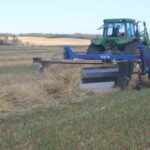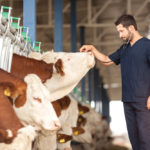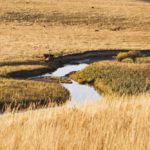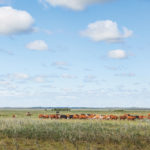
Preparing for a foot-and-mouth outbreak
Outbreak planning resources, training opportunities and the establishment of a Canadian vaccine bank all in the works to help the cattle industry prevent or respond to the disease

Aerow fits the bill for drying hay swaths
Wet haying and harvest conditions in northwest Saskatchewan drive producer to create machine that aerates swaths

Canfax Research Services launches Cow-Calf Cost of Production Network
The program will benchmark 26 production systems in different eco-regions from across the country.

Preparing for a serious livestock disease outbreak
Four-year project primes the livestock industry for a disease such as foot-and-mouth.

Food system transparency vital in post-pandemic world
Industry stakeholders see a window of opportunity to build public trust, but the industry must act before the public’s attention on food production wanes
The importance of transparency isn’t a new concept at Chop Steakhouse, but it’s certainly become amplified this year. Before the COVID-19 pandemic, Canadian consumers were already asking more questions about food production, something Marcel Blais, president of Chop Steakhouse, anticipates will become more common. “We’ve always had really strong practices on food and safety; we’re […] Read more
Manitoba researcher questions filtration potential of riparian areas
Colder climate and limited area for nutrient uptake restrict how much riparian areas can filter nutrients on the Canadian Prairies

A deeper look into A&W’s grass-fed Canadian beef initiative
A&W’s announcement to source 100 per cent Canadian grass-fed beef drew criticism from some while providing a new marketing opportunity for many Canadian producers
A broad perspective on nutritional science

Ongoing study suggests value of backgrounding calves in the field
University of Saskatchewan research explores the possibility of increasing the province’s backgrounding capacity with lower input costs

Grass-based production research challenging to conduct, says researcher
More variables, northern winters make grass-fed system studies more challenging to conduct in Canada than feedlot-based systems



